The quest for sustainable energy solutions has led scientists to explore the fascinating realm of artificial photosynthesis, a process that mimics nature's ability to convert sunlight into chemical energy. Unlike traditional solar panels that generate electricity, artificial photosynthesis aims to produce storable fuels, such as hydrogen or hydrocarbons, by splitting water molecules and reducing carbon dioxide. The efficiency of these systems is a critical factor in determining their viability as a renewable energy source. Recent advancements have brought us closer to achieving efficiencies that could rival natural photosynthesis, but significant challenges remain.
The concept of artificial photosynthesis revolves around replicating the light-dependent reactions found in plants. In nature, chlorophyll absorbs sunlight, exciting electrons that drive the synthesis of energy-rich molecules. Artificial systems employ similar principles, using light-absorbing materials like semiconductors or molecular catalysts to initiate redox reactions. The efficiency of these systems is measured by their ability to convert solar energy into chemical bonds, a metric that depends on multiple factors, including light absorption, charge separation, and catalytic activity.
One of the primary hurdles in improving efficiency lies in the mismatch between the energy required to drive the reactions and the spectrum of sunlight. Natural photosynthesis is limited to visible light, but artificial systems can potentially utilize a broader range of wavelengths. Researchers have experimented with tandem structures, where multiple light-absorbing layers are stacked to capture different parts of the solar spectrum. This approach has shown promise in boosting overall efficiency, but it also introduces complexities in material compatibility and system design.
Catalysts play a pivotal role in determining the efficiency of artificial photosynthesis. The water-splitting reaction, for instance, requires catalysts to lower the energy barrier for oxygen evolution. Precious metals like iridium and ruthenium have been effective but are prohibitively expensive for large-scale applications. Recent breakthroughs in earth-abundant catalysts, such as cobalt and nickel-based compounds, offer a more sustainable alternative. Similarly, for carbon dioxide reduction, researchers are exploring metal-organic frameworks and nanostructured materials that can selectively produce desired hydrocarbons.
The integration of these components into a cohesive system is another critical challenge. Even if individual elements—light absorbers, catalysts, and membranes—perform well in isolation, their combined efficiency often falls short due to interfacial losses or competing reactions. Engineers are now focusing on optimizing the interfaces between materials to minimize energy losses. For example, embedding catalysts within conductive matrices can enhance electron transfer rates, while protective coatings can prevent degradation of sensitive components.
Beyond the laboratory, scalability remains a pressing concern. Most high-efficiency artificial photosynthesis systems are demonstrated under controlled conditions, using pure water and concentrated sunlight. Real-world applications would require these systems to function with impure water sources and under variable light intensity. Researchers are investigating robust designs that can withstand such conditions without significant drops in performance. Modular systems, where small units can be easily replicated and deployed, are seen as a promising pathway to commercialization.
The environmental impact of artificial photosynthesis is another area of active research. While the technology promises a carbon-neutral fuel source, the production of its components often involves energy-intensive processes. Lifecycle analyses are being conducted to ensure that the net energy gain justifies the investment. Additionally, the long-term stability of these systems is under scrutiny, as degradation over time could offset their initial efficiency advantages.
Despite these challenges, the potential of artificial photosynthesis is undeniable. Governments and private investors are increasingly funding research in this field, recognizing its role in a future renewable energy portfolio. Collaborative efforts between chemists, materials scientists, and engineers are accelerating progress, with some prototypes already achieving double-digit efficiencies. While natural photosynthesis operates at around 1-2% efficiency, artificial systems have surpassed 10% in certain configurations, a testament to human ingenuity.
The road ahead will require interdisciplinary innovation. From discovering new materials to refining system architectures, every aspect of artificial photosynthesis demands attention. Public awareness and policy support will also be crucial in transitioning from proof-of-concept to widespread adoption. As the technology matures, it could revolutionize how we harness solar energy, offering a clean and inexhaustible source of fuel for generations to come.

By James Moore/Apr 19, 2025

By Joshua Howard/Apr 19, 2025

By Natalie Campbell/Apr 19, 2025

By Grace Cox/Apr 19, 2025

By Noah Bell/Apr 19, 2025
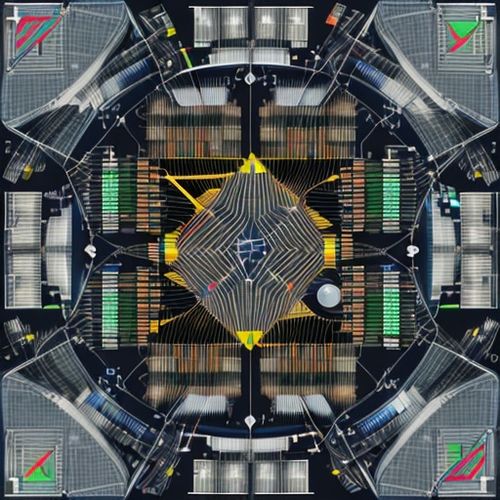
By Victoria Gonzalez/Apr 19, 2025
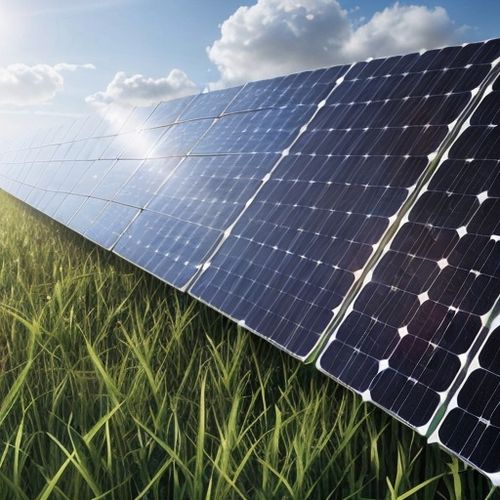
By Amanda Phillips/Apr 19, 2025
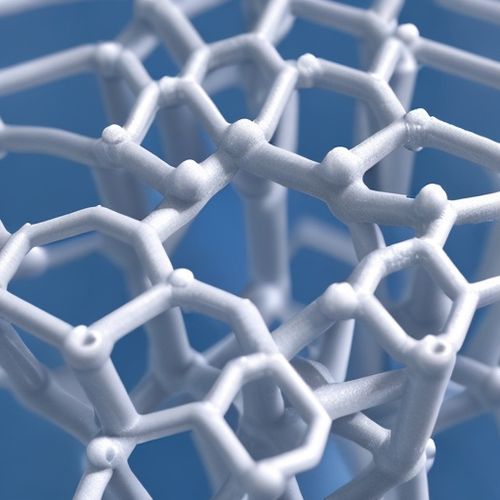
By Samuel Cooper/Apr 19, 2025
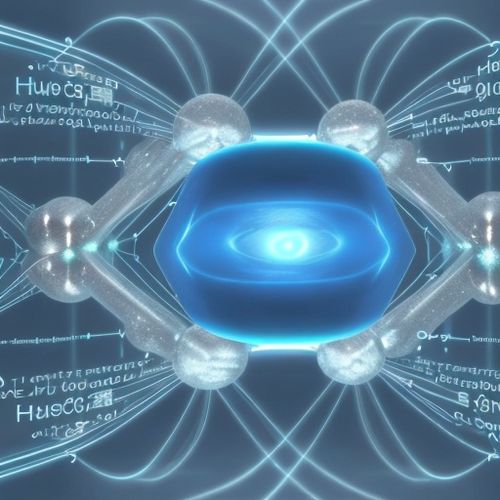
By Sophia Lewis/Apr 19, 2025
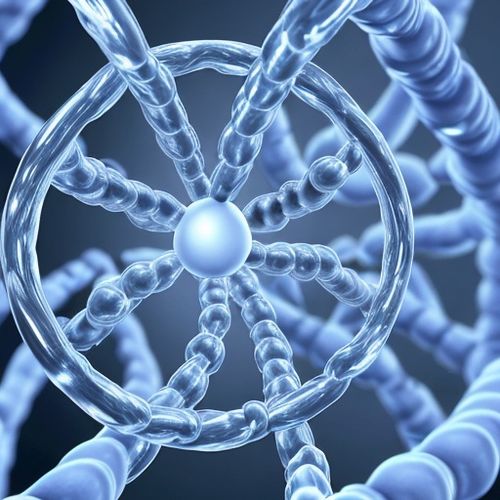
By Emma Thompson/Apr 19, 2025
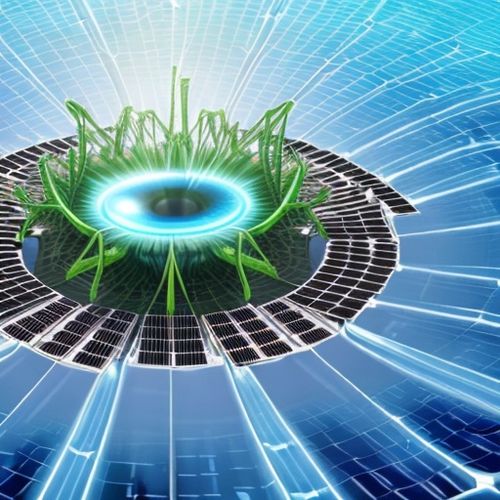
By Thomas Roberts/Apr 19, 2025

By Lily Simpson/Apr 19, 2025
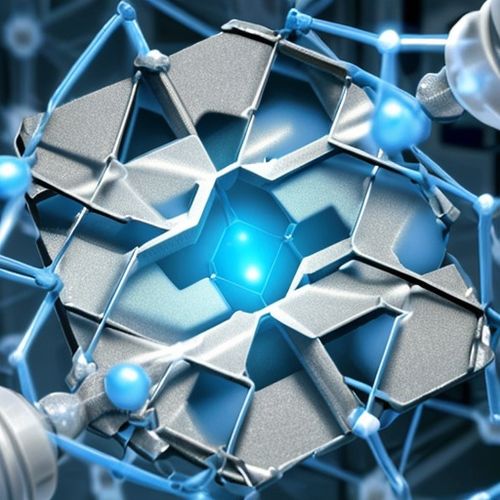
By Sophia Lewis/Apr 19, 2025
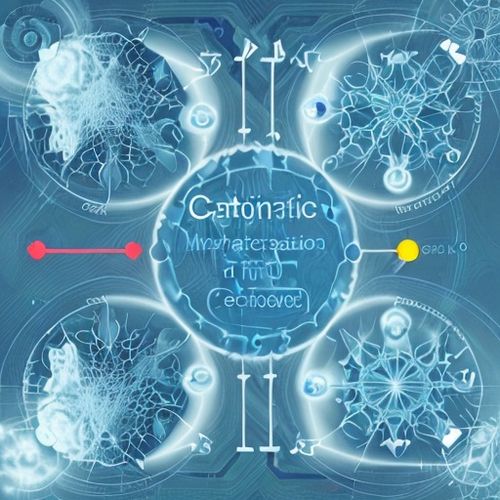
By Sophia Lewis/Apr 19, 2025
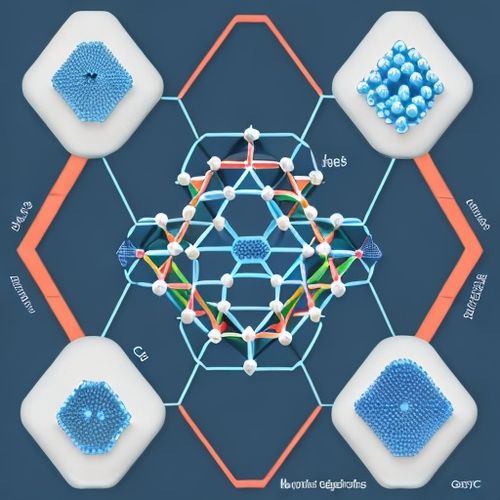
By Eric Ward/Apr 19, 2025

By Natalie Campbell/Apr 19, 2025
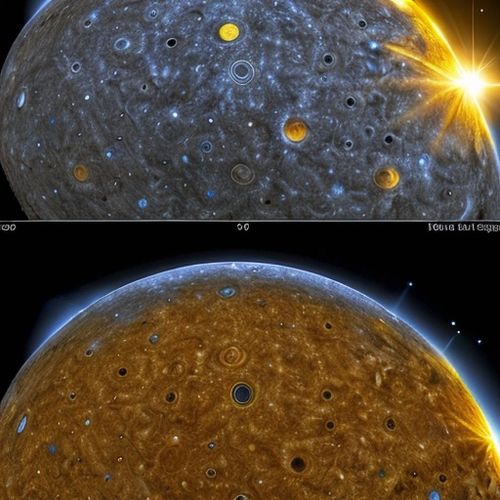
By Natalie Campbell/Apr 19, 2025

By Christopher Harris/Apr 19, 2025

By Sophia Lewis/Apr 19, 2025

By Lily Simpson/Apr 19, 2025